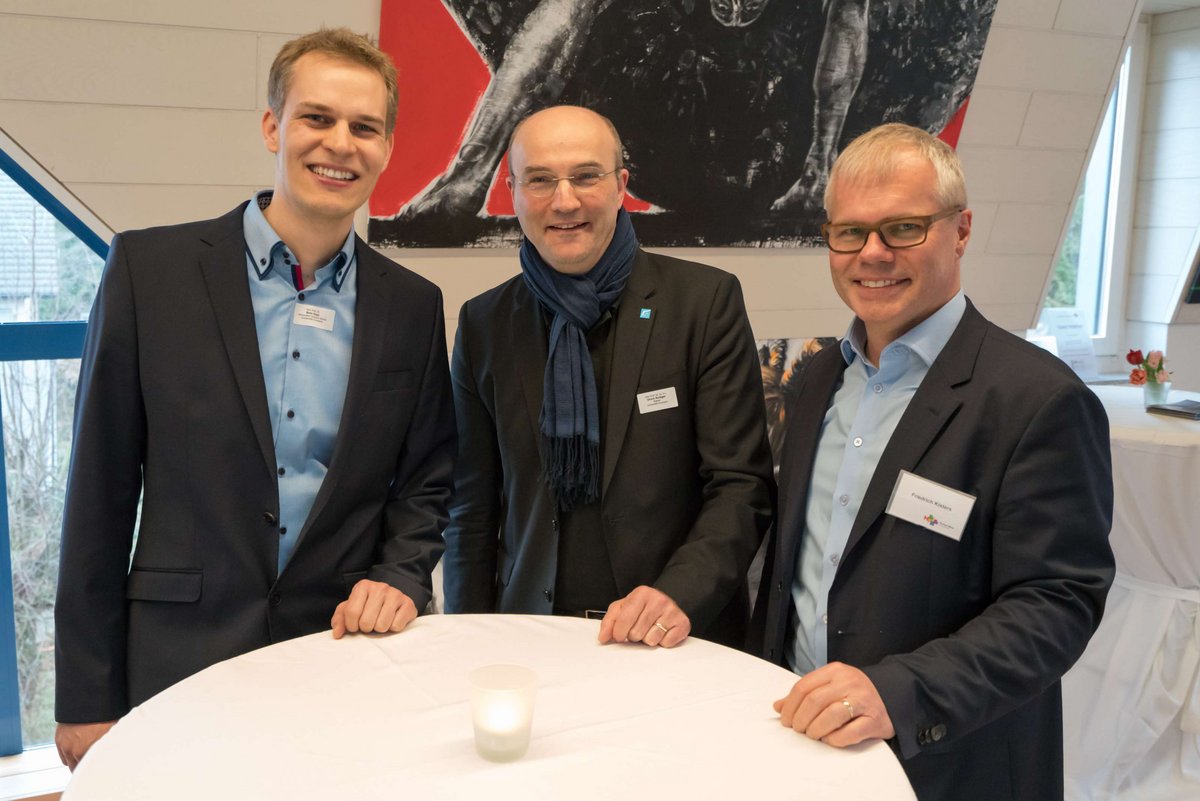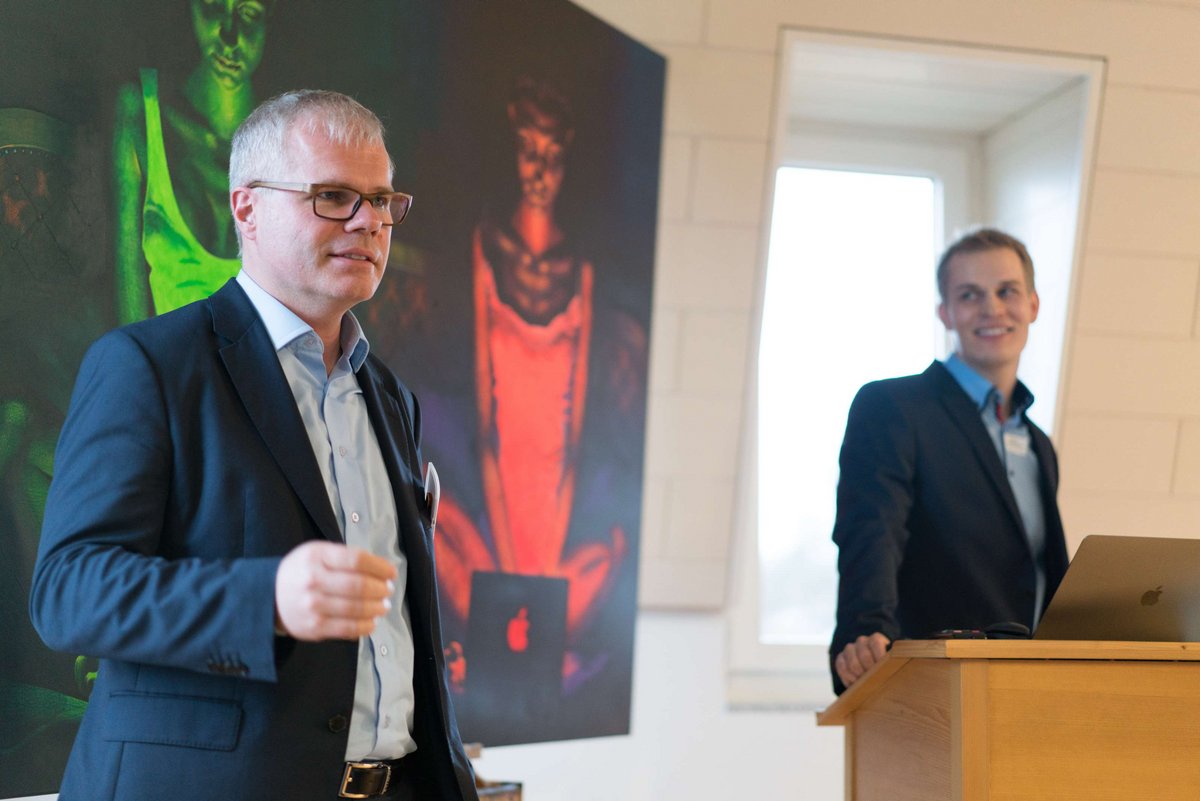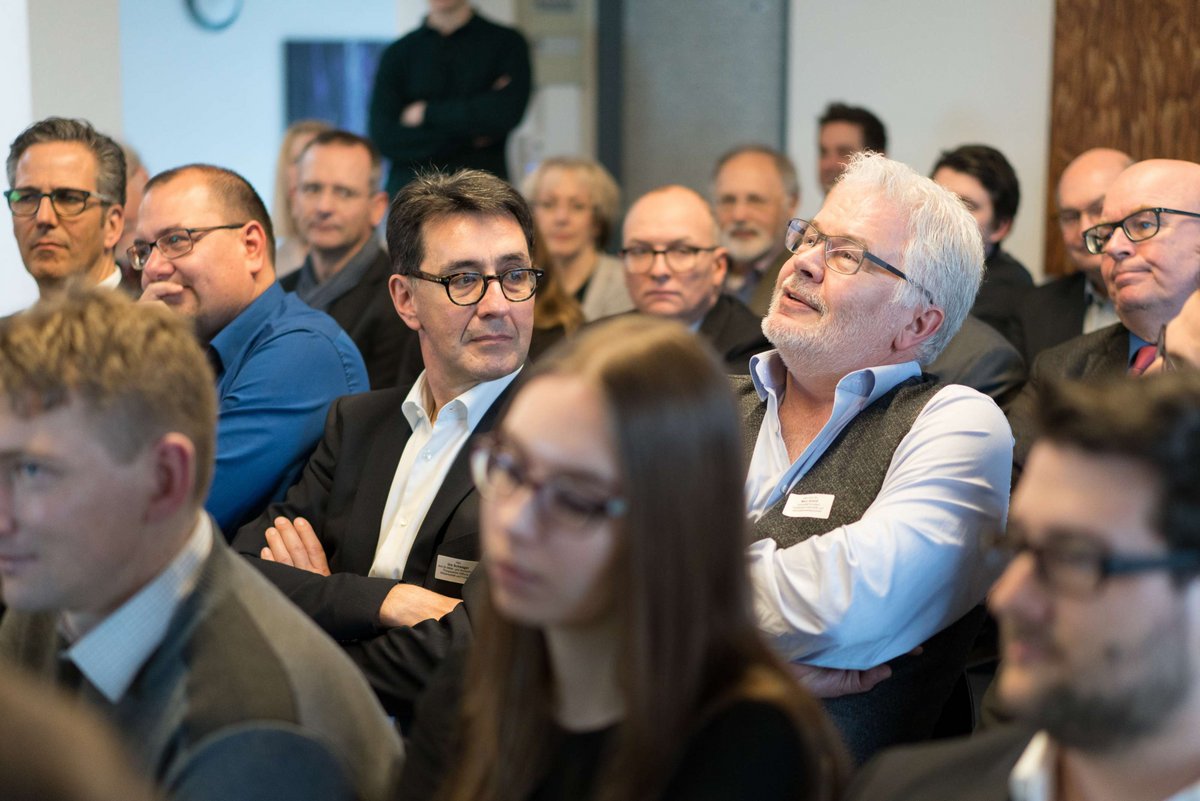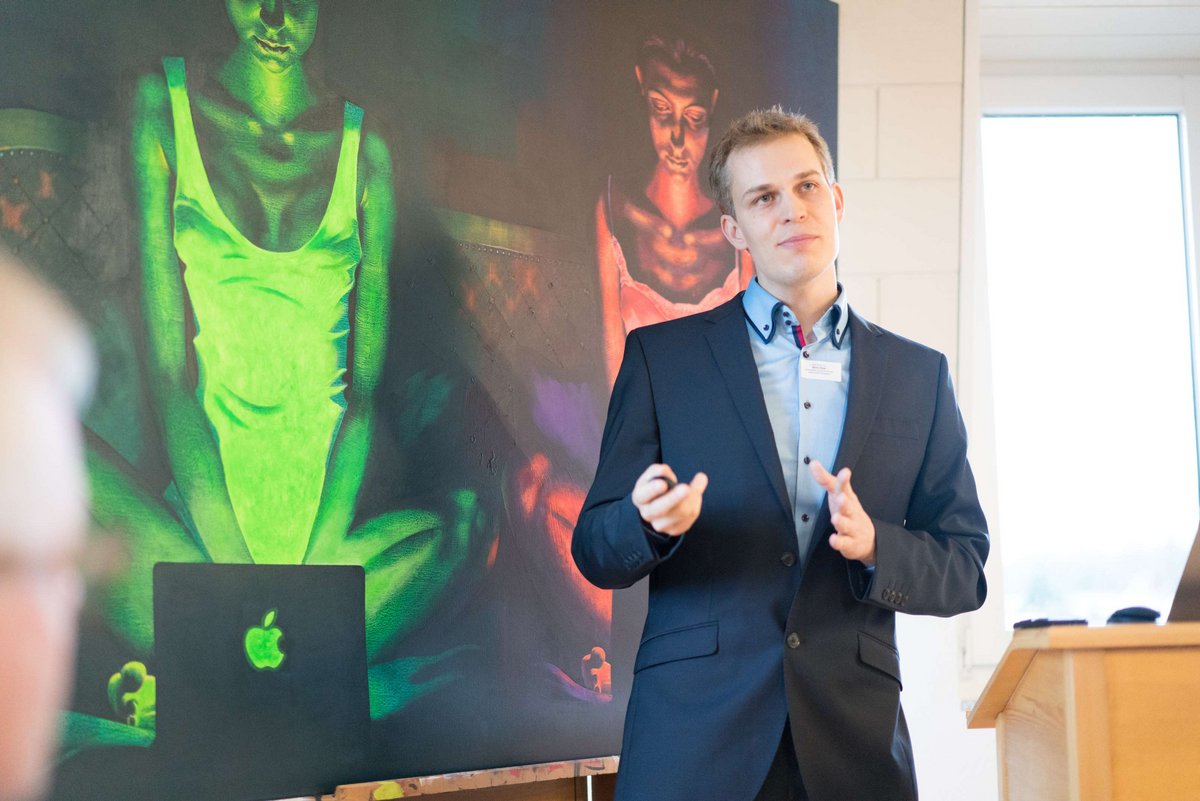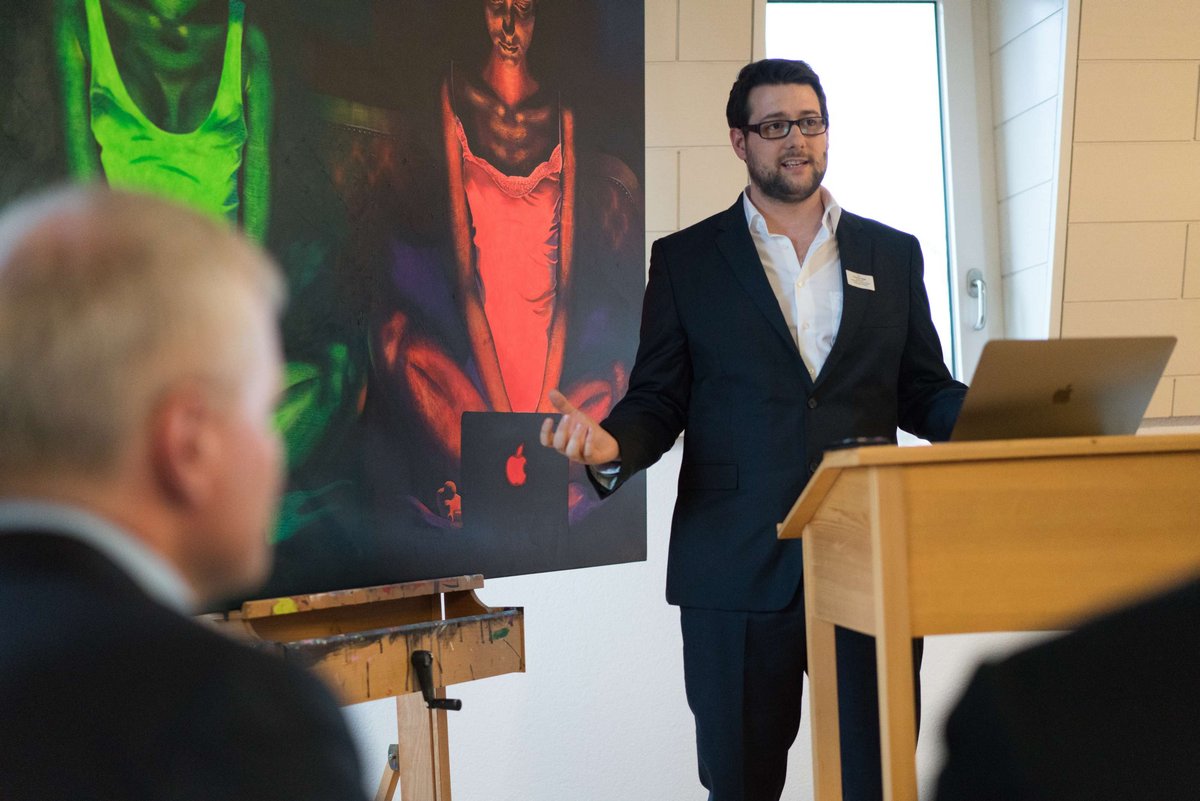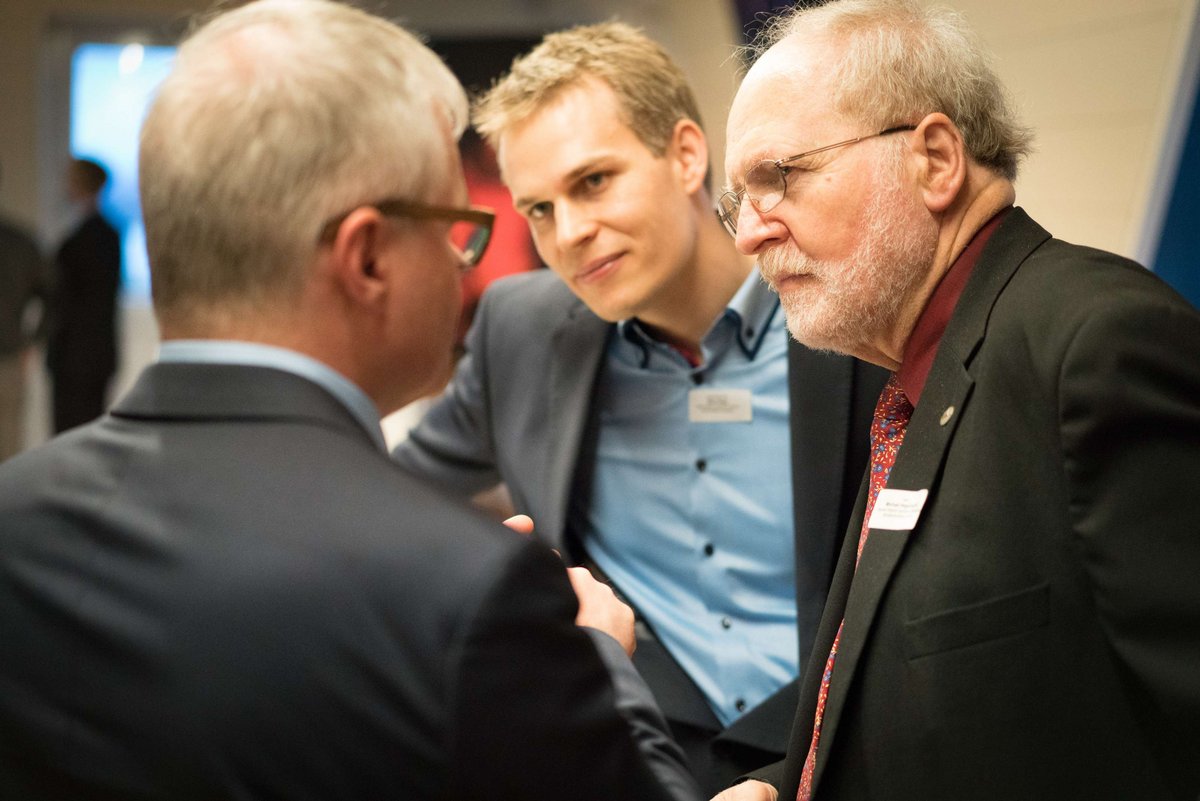
Counterfeit-proof thanks to blockchain
German-Swiss research partnership combines physical and digital security processes to combat counterfeits
How can Bitcoins be used in the battle against counterfeits? Information Science Professor Bela Gipp from the University of Konstanz is an expert on blockchain technology, and has shown that the technology behind the digital currency Bitcoin is capable of far more than making payments. His project, “OriginStamp”, uses the blockchain – the cryptographically secured database underlying Bitcoin – to create tamper-proof timestamps for digital documents. Creating such tamper-proof timestamps, however, is just the beginning of a range of possible security technologies that make use of the blockchain.
A new research cooperation has been launched between the University of Konstanz and Human Bios International AG in Kreuzlingen, Switzerland, with the objective of researching and developing blockchain-based security processes to combat the counterfeit of physical products. At the heart of this research lies the combination of non-duplicable physical security techniques (Physically Unclonable Functions - PUF) and the digital security afforded by the blockchain. To support this research effort, Human Bios International AG is now offering up to four scholarships for doctoral researchers at the University of Konstanz.
This new research cooperation had been presented and launched on Thursday, 9 March 2017 at 16:00.
Professor Ulrich Rüdiger, Rector of the University of Konstanz, emphasizes: “The research partnership with Human Bios International AG is a further example of the growing cooperation between the University of Konstanz and the Canton of Thurgau. I am especially pleased that in this way we can further develop the close economic partnership between Konstanz and the canton.”
The blockchain can be thought of as a cryptographically secured distributed database. The stored data is secured using a series of cryptographic computational processes that build upon each other to prevent later manipulation. Since the blockchain is not stored on one central server, but is distributed across thousands of servers around the world, it is not possible to delete or censor data. To manipulate an entry stored on the blockchain, all servers involved would have to be influenced, which is practically impossible. This makes the blockchain an efficient data structure for cryptographic security processes. “I can see close synergies between our research into blockchain security techniques and the research work conducted by Human Bios International”, says Bela Gipp. The Swiss company specializes on the development of non-replicable, physical security features. One such security feature is the pattern of random cracks that appears when specialized paints or coatings dry and create what is a unique physical “fingerprint”. The combination of such physical security features with the security provided by the digital blockchain has provided the German-Swiss research partnership with promising research directions for the development of new security processes to combat counterfeits.
Further information:
- Cooperation between the University of Konstanz, Department of Computer and Information Science, and Human Bios International AG
- Duration of the research partnership: two years with the possibility for an extension
- Funding: Annual research scholarships for up to four doctoral researchers
- Launch event: Thursday, 9 March 2017, 16.00, at Human Bios International AG, Rothausstrasse 1, 8280 Kreuzlingen (Switzerland)

